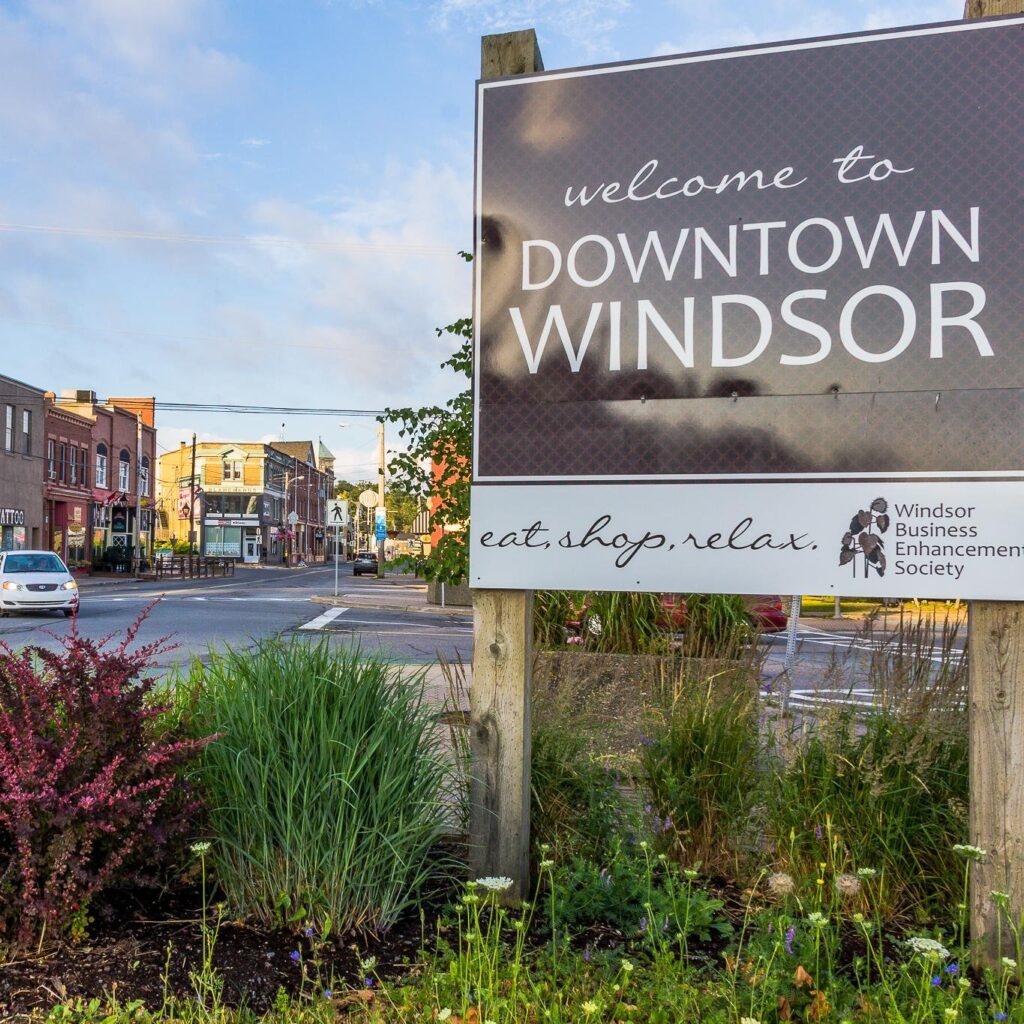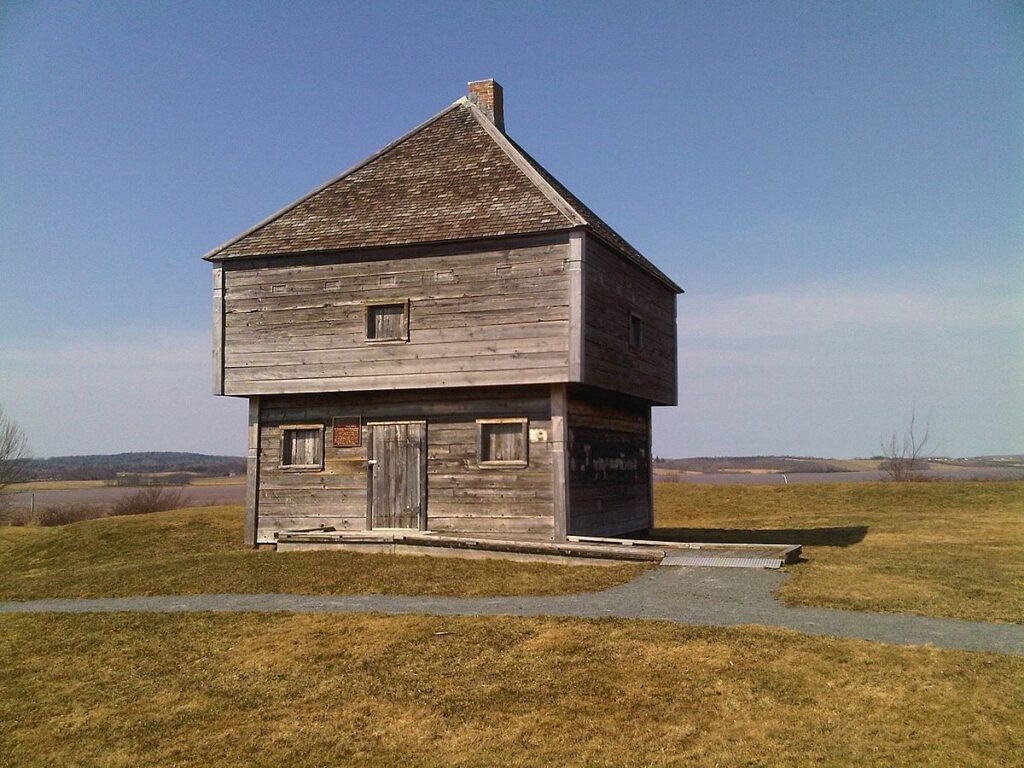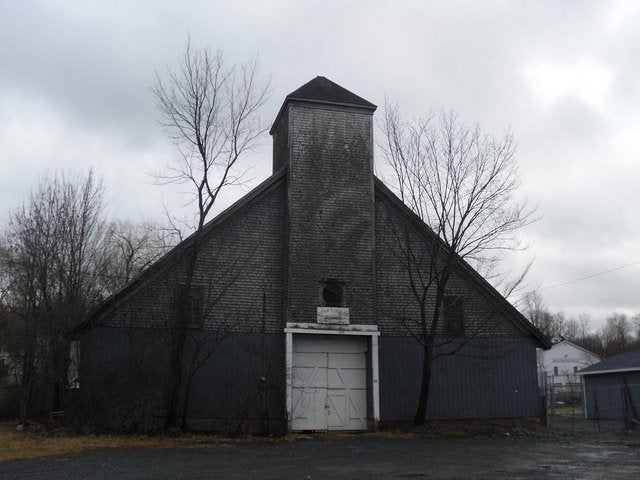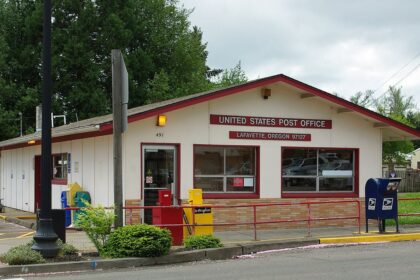Windsor is a town located in Hants County, Nova Scotia, Canada. It is a service centre for the western part of the county and is situated on Highway 101. Take a look below for 30 fun and interesting facts about Windsor, Nova Scotia, Canada.
1. The town has a history dating back to its use by the Mi’kmaq Nation for several millennia prior to European colonization.
2. When the Acadians lived in the area, the town was raided by New England forces in 1704.
3. The area was central to both Father Le Loutre’s War and the Expulsion of the Acadians during the Bay of Fundy Campaign in 1755.
4. The town promotes itself as the birthplace of ice hockey and was the home of Canada’s first internationally best-selling author, Thomas Chandler Haliburton.
5. Having migrated from Port Royal, Nova Scotia, the Acadians were the first to settle in Pisiguit by the early 1680s.
6. French census records dated 1686 list well established farms utilizing dyked marshlands.

7. During Queen Anne’s War, in response to the Wabanaki Confederacy of Acadia military campaign against the New England frontier and the Canadian Raid on Deerfield, Massachusetts, Benjamin Church led the Raid on Pisiquid (1704) and burned the village to the ground. In the Raid on Pisiquid, Church burned 40 houses along with out-buildings, crops and cattle. There was resistance and two Mi’kmaq were wounded.
8. During the French and Indian War, Fort Edward and Windsor played a significant role in the deportation, particularly the Bay of Fundy Campaign (1755).
9. Acadians were imprisoned in the fort as they were notified about the expulsion. Acadians numbering in the thousands were deported from mainland Nova Scotia.
10. The deportees frequently were held onboard ships for several weeks before being moved to their destinations, thus exacerbating unhealthy conditions below decks and leading to the deaths of hundreds.
11. Many hundreds more were lost through ship sinkings and disease onboard ships while en route to ports in Britain’s American colonies, Britain, and France.
12. The British also broke apart families and sent them to different places. Their justification for this was to more efficiently put people on the boats. This resulted in more loss of life as families could not survive without essential members.

13. The Township of Windsor was founded in 1764 by New England Planters. The next year, its first Agricultural Fair was held. This fair is still continued today, and is the oldest and longest-running such fair in North America.
14. In the American Revolution, Windsor was an important British stronghold. Fort Edward was the headquarters in Atlantic Canada for 84th Regiment of Foot (Royal Highland Emigrants). A relief force was mustered at Windsor to crush the American-led siege at the Battle of Fort Cumberland in 1776.
15. Following the American Revolution, Windsor was settled by United Empire Loyalists.
16. Windsor developed its gypsum deposits, usually selling it to American markets at Passamaquoddy Bay. Often this trade was illegal; in 1820, an effort to stop this smuggling trade resulted in the “Plaster War,” in which local smugglers resoundingly defeated the efforts of New Brunswick officials to bring the trade under their control.
17. The University of King’s College and its secondary school, King’s Collegiate School, were founded in 1788-1789 by United Empire Loyalists as Anglican academic institutions. The college remained in the community until a disastrous fire on February 3, 1920. In 1922 it moved to Halifax, with the assistance of the Carnegie Foundation and continues to this day.
18. The King’s Collegiate School continued operation on the campus and was joined by a sister girls school, ‘Edgehill School’, in 1890. In 1976 both institutions merged to form King’s-Edgehill School, and remains the oldest independent (i.e. private) school in the Commonwealth outside of the United Kingdom.

19. Thomas Chandler Haliburton brought fame to Windsor during the 19th century with his writings about a clockmaker named Sam Slick.
20. In 1878, Windsor was officially incorporated as a town. Its harbour made the town a centre for shipping and shipbuilding during the age of sail. Notable shipbuilders such as Bennett Smith built a large fleet of merchant vessels, one of the last being the ship Black Watch. As the port of registry for the massive wooden shipbuilding industry of the Minas Basin, Windsor was the homeport of one of the largest fleet of sailing ships in Canada.
21. Notable vessels registered at Windsor included Hamburg, the largest three masted barque built in Canada, and Kings County, the largest four masted barque. Following the completion of the Nova Scotia Railway’s line from Halifax in 1857, the town became an important steamship connection giving Halifax access to the Bay of Fundy shipping routes. The railway continued westward as the Windsor and Annapolis Railway in 1870, eventually connecting to Yarmouth as the Dominion Atlantic Railway in 1893.
22. In 1901 the Midland Railway was built across Hants County, connecting Windsor with Truro.
23. Windsor used to be a railway junction for the Dominion Atlantic Railway where a route to Truro joined with the mainline between Halifax and Yarmouth.
24. No longer the railhead, Windsor’s steamship connection diminished but the central location of Windsor on the railway fostered the growth of numerous factories such as textile mills, fertilizer plants and furniture factories. The home of one of the industrialist families of this era, the Shands, is preserved today in Windsor as the Shand House Museum.

25. Over the course of its history, Windsor was victim to two disastrous fires, on October 17, 1897, and January 6, 1924, both of which destroyed part of the town.
26. In 1970, the construction of a flood-control causeway carrying Highway 101 and the Dominion Atlantic Railway across the Avon River closed Windsor off from shipping and has affected navigation in the Avon River downstream from the causeway due to excessive siltation. Highway 101 is scheduled to be upgraded to a 4-lane expressway in the future and there have been discussions about replacing the causeway with railroad and highway bridges to improve water flow. Today, the Avon River on the upstream side of the causeway which is obstructed from freely flowing into the Bay of Fundy is called ‘Lake Pisiquid’.
27. Situated at the junction of the Avon and St. Croix Rivers, it is the largest community in the District of the Municipality of West Hants and had a 2001 population of = 3,779 residents. Prior to the county being divided into separate municipal districts, Windsor had served as the shire town of the county.
28. The region encompassing present day Windsor was originally part of Pisiguit, a Mi’kmaq term meaning “Junction of Waters”. This name referred to the confluence of the Avon and St. Croix rivers, which flow into the Minas Basin.
29. In the 2016 Census of Population conducted by Statistics Canada, the Town of Windsor recorded a population of 3,648 living in 1,586 of its 1,715 total private dwellings, a change of -3.6% from its 2011 population of 3,785. With a land area of 9.11 km2 (3.52 sq mi), it had a population density of 400.4/km2 (1,037.1/sq mi) in 2016.
30. The world’s very first pumpkin regatta was held in Windsor in 1999 where people carve out the giant pumpkins and race across lake Pisiquid. This weird regatta now includes a motorized class where a motor is attached to the pumpkin with a flotation device.




